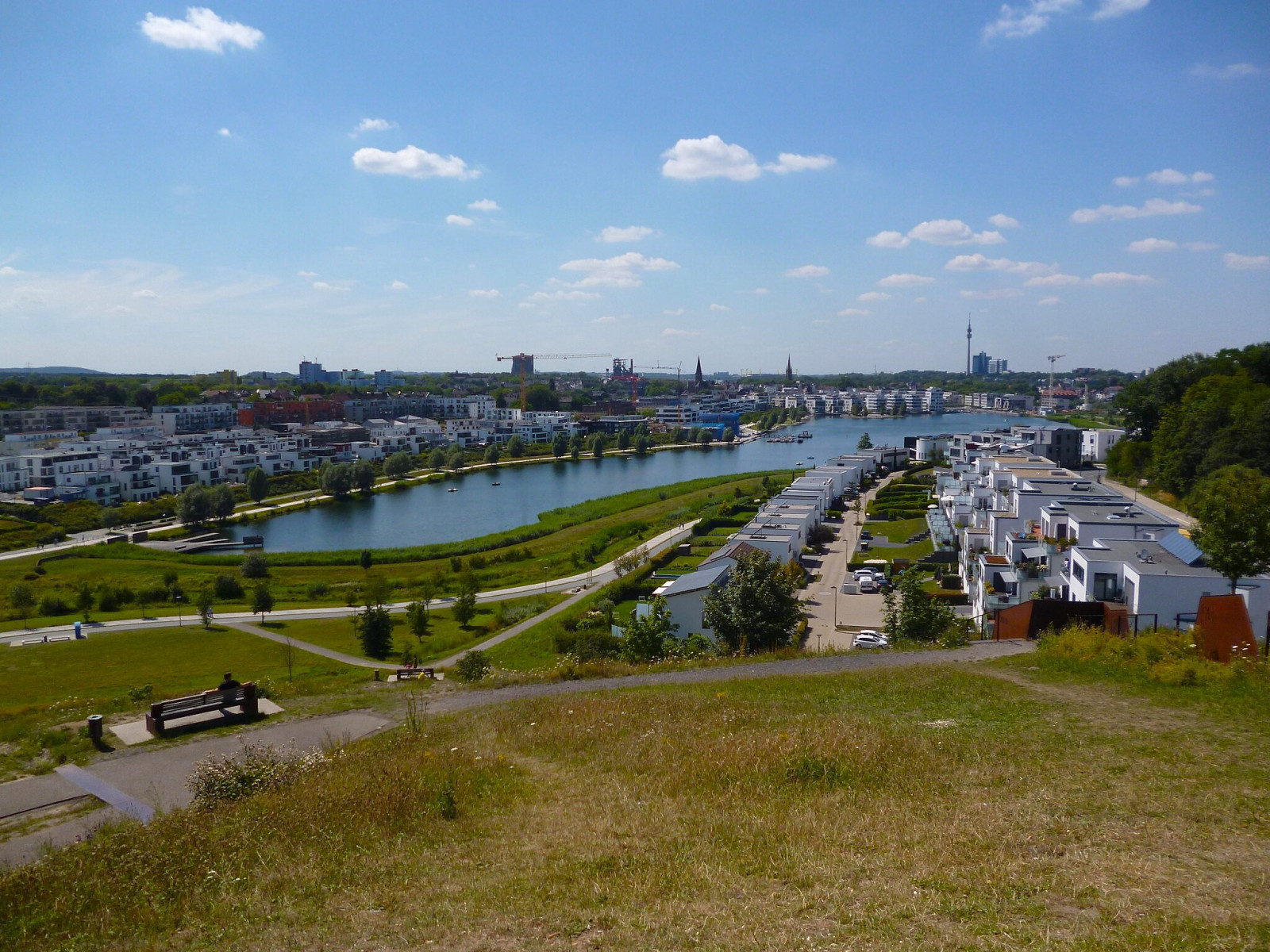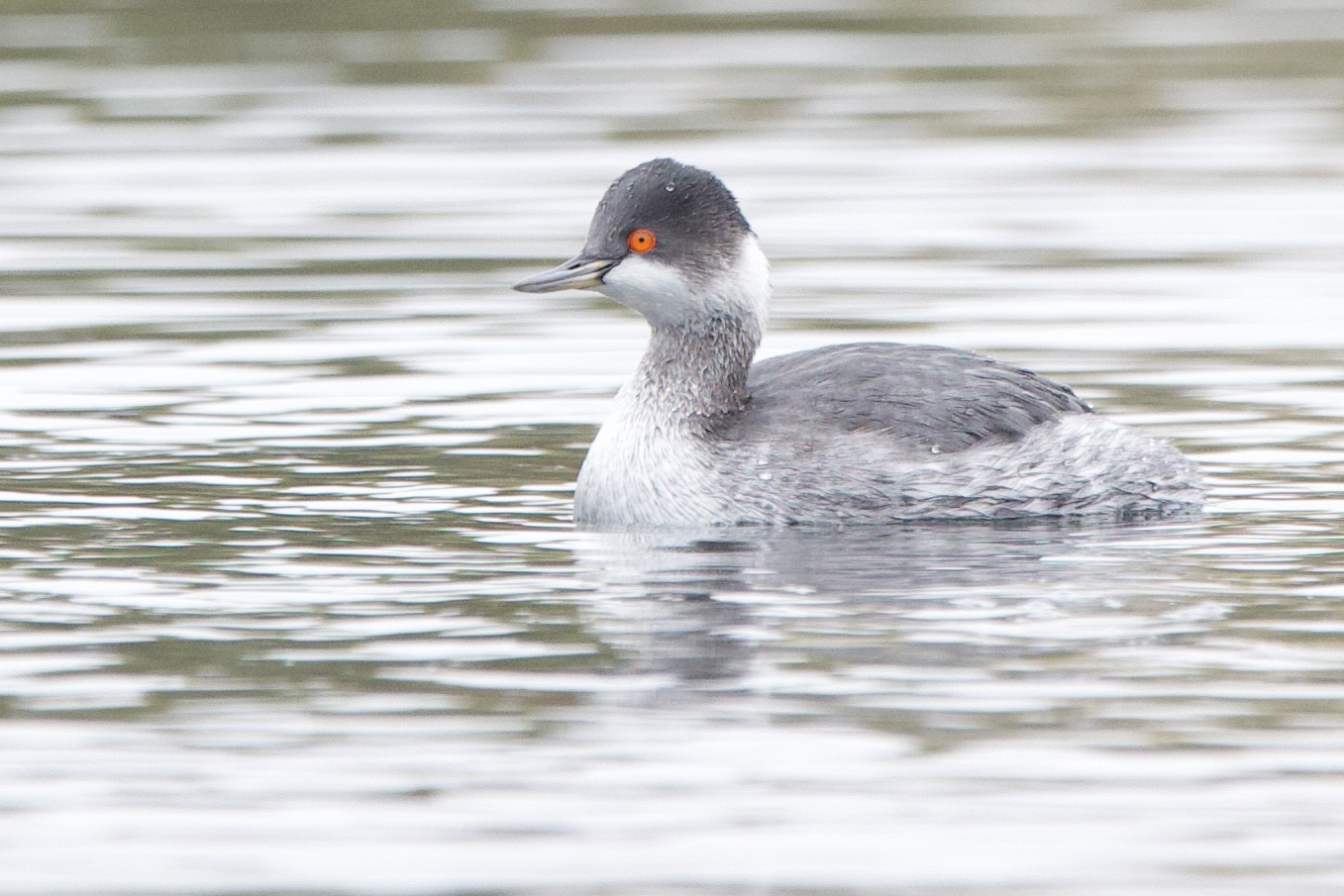Beschreibung
The Phoenix-See is located on the area of the former blast furnace and steel plant site of ThyssenKrupp in the middle of an urban environment. The lake is now a recreational area with a 3,2 km long pedestrian and bicycle path. Among the birds species you can observe on Phoenix-See are Reiherente, Kanadagans, Rohrammer, Lachmöwe, Teichhuhn, Nilgans and Höckerschwan. Rohrdommel was present on the edges of the reeds in winter in 2023 and 2024. In 2023, Kolbenente successfully nested for the first time in Dortmund on Phoenix-See.
Details
Zugang
The Phoenix-See is located on the southeastern outskirts of Dortmund. You can get to the lake by car, bike, public transport or on foot. There are 3 parking spaces, one of which is a parking garage. The parking lot to the east of the lake is free. In the parking garage in the south of the lake, for example, 3 hours cost € 3.50 and a day ticket costs € 12.50. In the parking lot in the north west, you are allowed to park for a maximum of 3 hours. The cost would be € 1.50 then. Click on a P in the map for directions. The circular walking route around the lake is about 3,5 km.
If you come by train, it takes about 7 minutes to walk from Dortmund-Hörde train station to Phoenix-See. There are also bus stops all around the lake.





